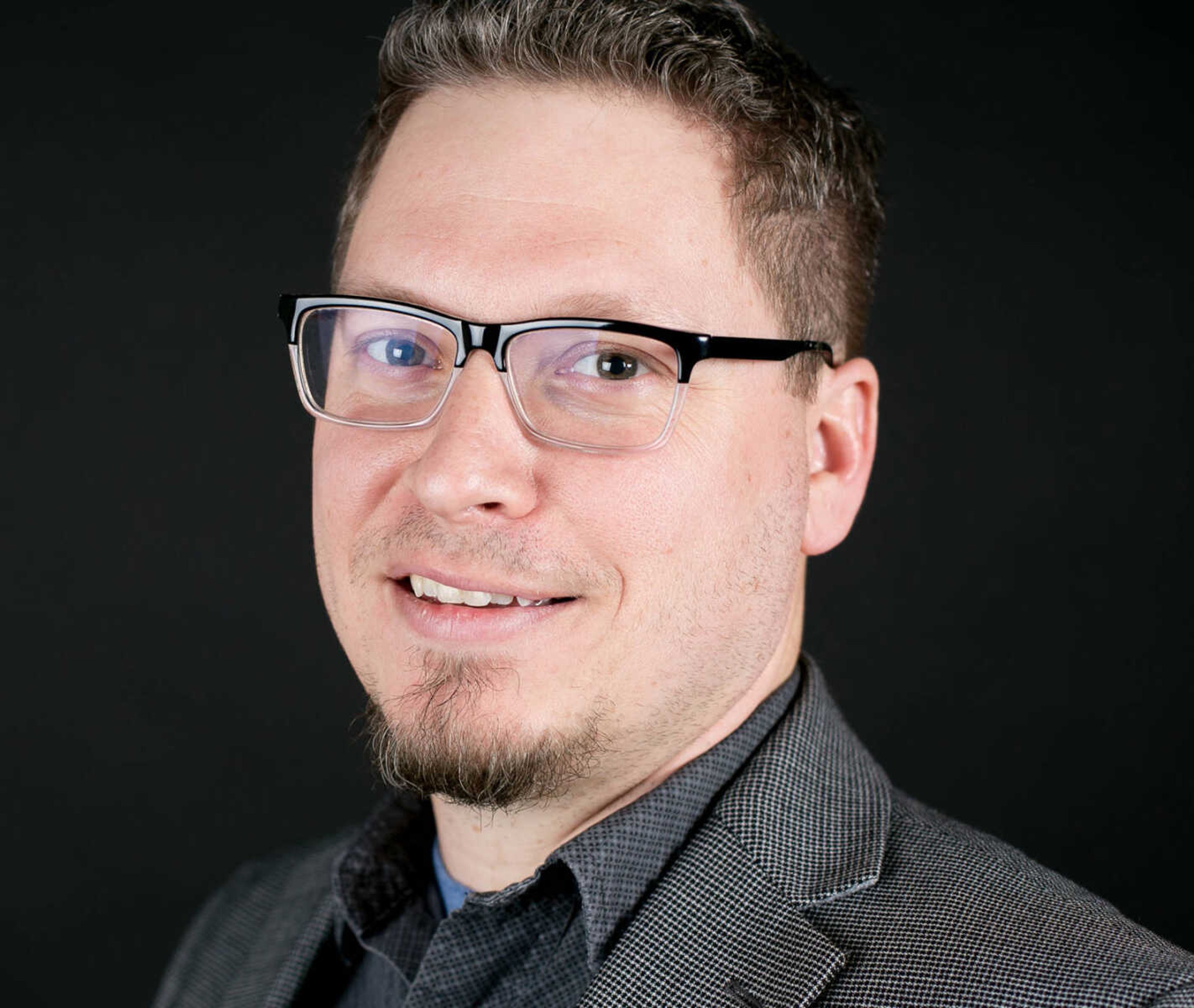Case solved: University student helps crack mystery of bones without a name
An English major, newspaper archives, DNA samples and a family tree converged to help solve the identity of bones collected by the Cape Girardeau coroner’s office in 1980. They were identified as Louis Charles Borchers of Gordonville. It’s somewhat unclear how the remains came to be unknown. ...
An English major, newspaper archives, DNA samples and a family tree converged to help solve the identity of bones collected by the Cape Girardeau coroner’s office in 1980.
They were identified as Louis Charles Borchers of Gordonville.
It’s somewhat unclear how the remains came to be unknown. The investigation revealed that at one point the identity of the skeleton was known by the coroner’s office. But all Jennifer Bengtson, professor of history and anthropology at Southeast Missouri State University knows, is that the bones had no identity when she discovered them. The bones were not labeled.
“The story of this guy is that his bones were in a closet when I started working here, but I don’t think it’s an uncommon thing,” Bengtson said. “There’s bones everywhere in this country. Most universities, coroner’s offices, there are bones from decades ago that no one ever knew who these people were and they’re often donated to universities so students can learn from them.”
Bengtson and her students began trying to solve the mystery.
Bengtson said the department sent samples to Othram, a DNA lab that concentrates on missing person cases. The DNA was put into a database to see whether family connections could be found.
“The DNA wasn’t great, but it was good enough to build a sequence and to build somewhat of a family tree,” she said. “We did contact someone that we thought would be a relative of his. It was a distant relative, but we didn’t get anywhere with that. We had last names, but you go back a couple of generations and there are so many names. We didn’t really know what to do, and I’d pretty much given up hope.”
Bengtson said they found a file in the crime lab that described the remains. The report said the remains were in the coroner’s possession in 1980.
SEMO senior student Hannah Fulton took that information and began researching. Fulton, a double major in anthropology and English, worked on the case as an independent study project. She preferred the research side of the work more than the physical nature of working with bones, Bengtson said.
Fulton didn’t originally know that Borchers had probably died in February 1980. The records they found associated with the body had a date of October 1980. Fulton said she began reading in the archives about how hot it was in the summer of 1980, and began to wonder if weather played a factor in the death. Most Southeast Missourian articles are not available prior to the 1990s online. But non-searchable copies of the newspaper can be found in the Google Archives. Researchers have to scroll through individual copies rather than using search terms. Fulton, starting in June, began scouring headlines, looking for stories involving found remains.
Fulton found a Southeast Missourian newspaper clipping from Aug. 1, 1980, with the headline “Man’ skeleton found on a farm”. The article, on Page 4, described the discovery of a man believed to be in his late 60s or early 70s who was found on a farm just west of Gordonville.
Cape Girardeau County acting sheriff at the time Eugene Coombs said the victim’s name was being withheld pending notification of next of kin. It was believed at the time that the remains were of an elderly man, formerly of Gordonville who reportedly walked away from the Farmington State Mental Hospital five months previous. It was reported at the time that the man had died of exposure. The skeleton was taken to Saint Francis Medical Center for X-rays.
Fulton then found a second article, buried on Page 17 of the Southeast Missourian’s public notices page with the headline “Skeleton identified”.
The article reported the remains were identified as Louis Charles Borchers, 60. Then-Coroner Harold Cobb said the identification was made from dental records. He added that the clothing accompanying the skeleton matched a description of the clothing Borchers was wearing when he was last seen in February. Cobb repeated the idea that Borchers had died from exposure.
The Borchers last name was among the last names listed in the family tree of the distant relative they’d found through the DNA test.
Once the name was discovered, DNA from a closer relative was obtained, which confirmed Borchers’ identity. The DNA firm released the news officially Friday, Oct. 6, on www.dnasolves.com. The name of the relative has not been released publicly.
“It’s really exciting to me. It feels like a huge important moment in my life. That’s a really nice thing to have done before my time is done here at SEMO. It’s a really special feeling. I’m thankful I had this opportunity. It’s been incredibly exciting and so much fun,” Fulton said.
“I’m just really proud of her,” Bengtson said. “It was a really cool way to get at a case resolution. It just goes to show it takes all sorts of approaches and researchers with different strengths to solve a case like this.”
In 2020, Bengtson and her students helped identify the remains of a different skeleton. That case dated back to 1979. The remains were recovered from a farm near Charleston, Missouri. The family of the deceased asked that the name to not be released in that case.
Bengtson and her students are already looking into the remains of another skeleton, a woman whose bones were found buried near the former ferry landing near Scott City.
Connect with the Southeast Missourian Newsroom:
For corrections to this story or other insights for the editor, click here. To submit a letter to the editor, click here. To learn about the Southeast Missourian’s AI Policy, click here.











